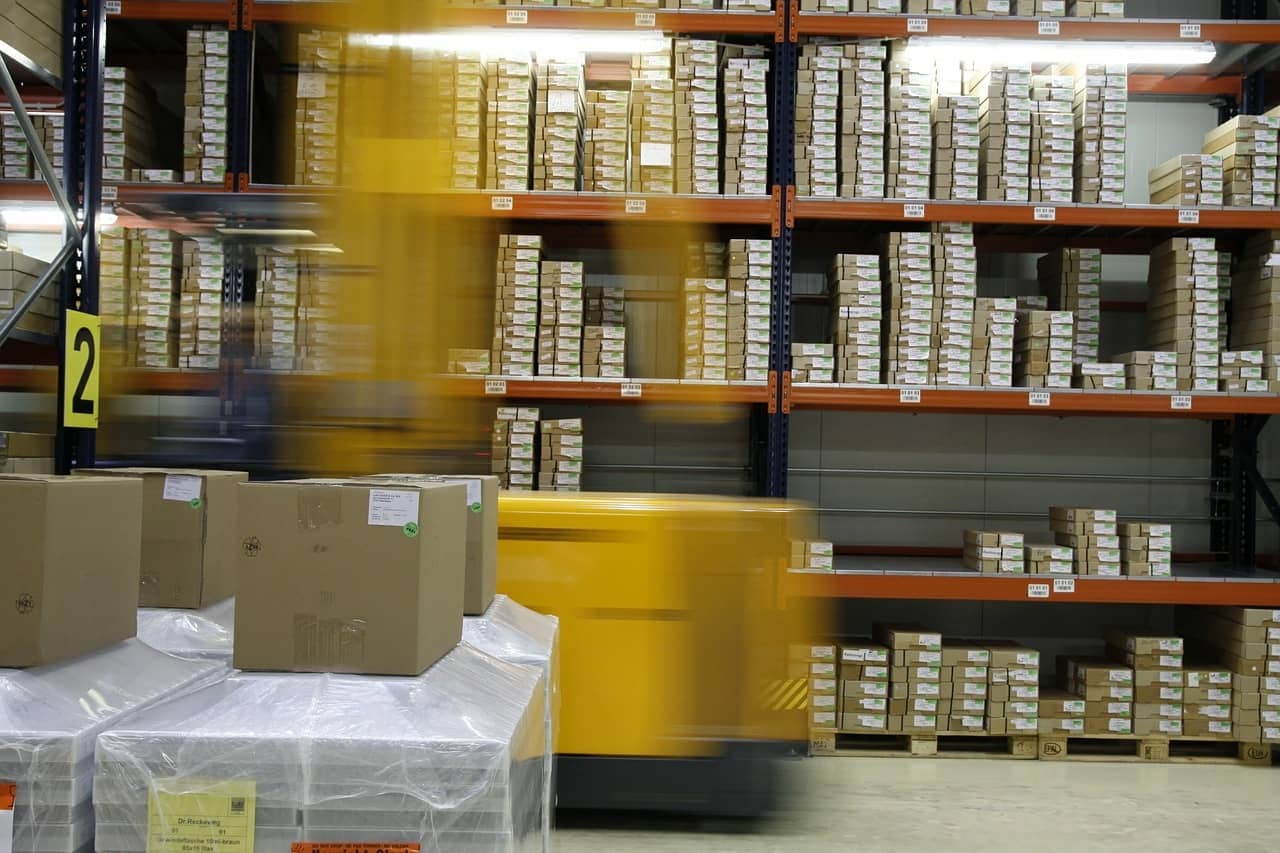Packaging is a critical component of any business, and it’s the first thing that the customer sees. With all of the advancements in technology, there are now more options than ever for packaging your products. These days, most companies are trying to find ways to protect products without causing too much of a burden on their budgets. So it’s important to be aware of these changes in the industry so you can best prepare your company for the future! This article will outline some cool packaging tech that might interest you!
How Is Packaging Done?
Let’s start with a very basic question: How is packaging done? Packaging has evolved over the years, and cardboard boxes are only one of the many ways to protect your products. In order for a product to be packed, box erector machines are used to either fold and glue or roll cardboard into a box. Then, they laminate the top border of the box with adhesive (typically hot-melt glue). The actual process of packaging is very quick, it usually takes about 1 second per product! And yes, this means that there is a specific volume for goods at each particular facility.
Why Is Packaging Important?
Packaging is very important because it protects the product during transportation. It is also the first impression that a customer will have of your company. Poor packaging has the potential to ruin an entire shipment of goods, which is why you want to make sure that all boxes are in good condition before any items go out the door.
Packaging helps brands establish their own image for who they are and what they do. It helps them stand apart from their competition because there are many different types of boxes available.

How Has Packaging Technology Changed?
Packaging technology has changed a lot over the past few years, and it will continue to change as time goes on. One of the biggest changes is that manufacturers have been focusing on creating more eco-friendly options for packaging. Some designers are even using recycled cardboard, which is cheaper and has a smaller carbon footprint than plastic or metal alternatives. Let’s take a look at some futuristic packaging technologies.
Edible Packaging
Edible packaging has been a huge topic of conversation lately. In fact, many companies have already created edible cups and bottles made from gelatin! Different kinds of products can be packed in edible boxes, but the food is the most common one. In the future, we may see more of these types of products because they are very sustainable and cost-effective options.
Biodegradable Packaging
There are many different types of biodegradable packaging available, and this is a very popular option for companies because it can be used as compost. This would be a great thing for the environment because it would eliminate the need to create new landfills. Biodegradable packaging is usually made of plant-based plastic or paper, which breaks down quickly. This creates a smaller carbon footprint than traditional packaging.
Micro Packaging
This material is made of water, a soluble polymer, and clay. Although plastic is a strong material and it’s still irreplaceable, scientists have invented this material to solve the problem of plastic waste and its influence on the environment. Micro packaging is stronger and more durable than plastic and, most importantly, thinner than a strand of human hair which makes it easier for disposal and decomposition. The great advantage of using nanotechnology in food packaging is that it helps to preserve the quality of food products.
Self-Cooling and Self-Heating Packaging
As you can probably guess, self-cooling and self-heating packaging is a technology that insulates a product by trapping the natural elements around it. This helps to maintain optimal temperatures for food, which can extend shelf life! Hot or cold air is usually channeled into these packages through tiny holes. They have been designed specifically for food items that need to be kept at a certain temperature.
Water Soluble Packaging
One of the biggest challenges that companies face is what happens to their packages when they are done with them. Do they recycle them? What about the ink or materials used in production? In order to eliminate some of these issues, large-scale companies have created water-soluble packaging. This means that when it’s no longer needed, food and drinks can just be thrown into the sink for it to dissolve. The packaging dissolves in water, so it won’t clog sewer systems or landfills!
Zero Waste Packaging
Some companies in America have already set a goal to create 100% recyclable packaging. They are trying to remove all plastics, metals, and dangerous materials from the boxes that they produce! That’s why you might be seeing less plastic wrapping in the future because designers are finding better ways to design packaging that won’t harm the environment.
Zero-emission packaging is also getting more popular because it doesn’t use any materials that are harmful to the environment. This type of packaging usually consists of recycled cardboard or paper.
Smart Packaging
A team of researchers at the University of Connecticut, Rutgers University, and Kraft Foods invented something called the “electronic tongue”. Electronic tongue is an innovative technology that can sense the difference between flavors, sweetness, and other properties of food. That way, the packaging will change its color if the food has been rotted or spoiled, alerting the consumer whether it can still be cooked or needs to be thrown out. It could also be used to keep track of how fresh the food is.
Packaging has evolved over the years to keep up with changing demands of consumers. It seems that most companies are trying to find ways to protect products without causing too much of a burden on their budgets, so it’s important for you as a business owner or manager in this industry to know these changes in order to prepare your company for the future! We have provided just some examples of how packaging technology is evolving, like smart packaging, zero-waste packaging, micro packaging, and water-soluble packaging, so you can be aware of these changes. We hope this article was helpful and we wish you good luck with implementing new solutions for packaging purposes.



